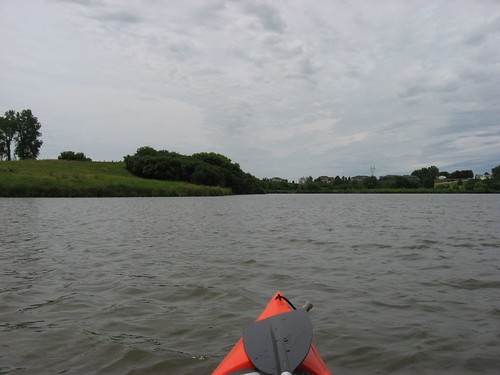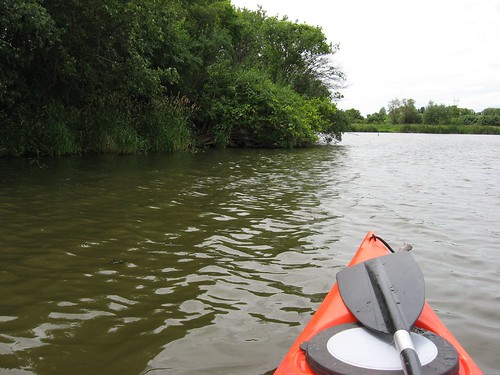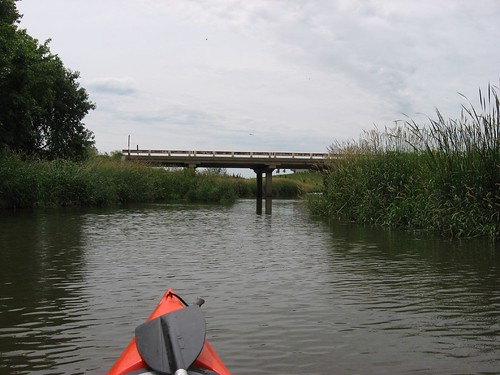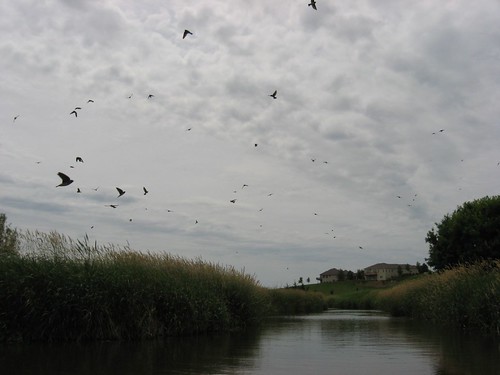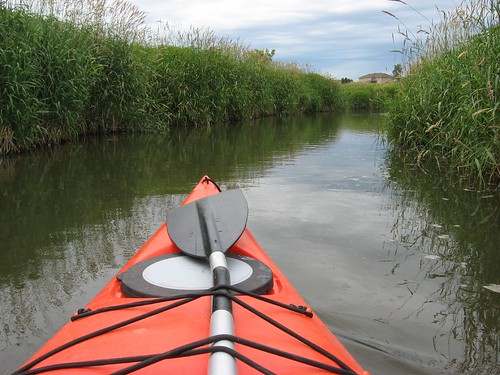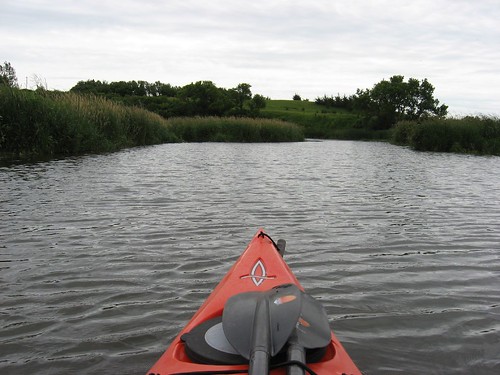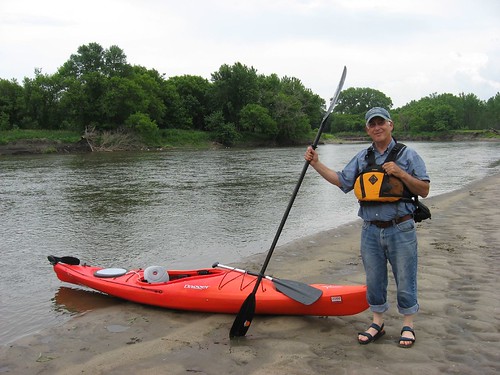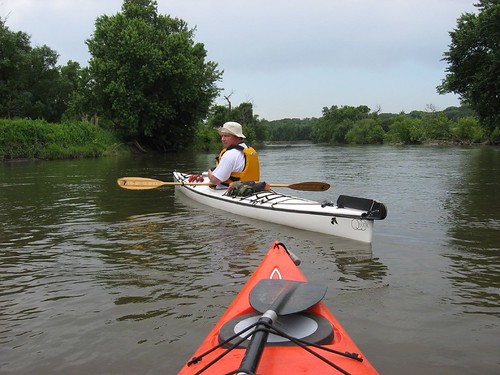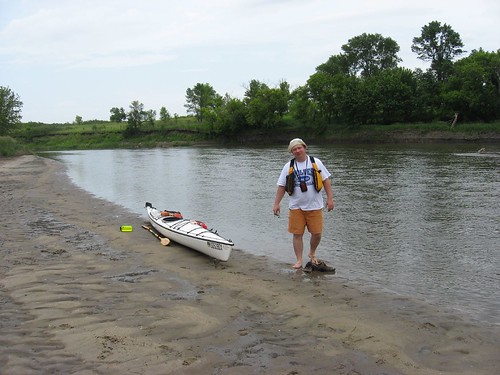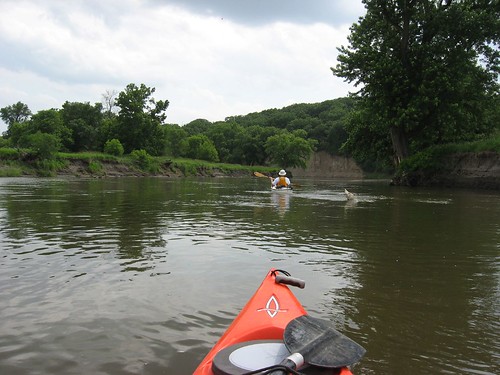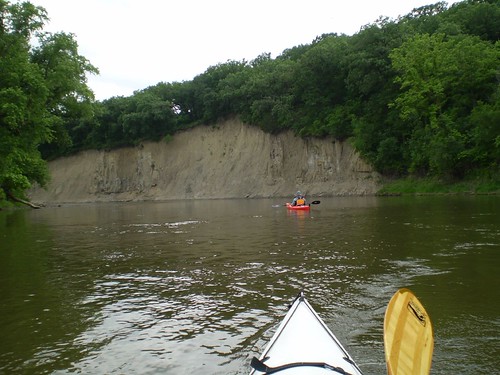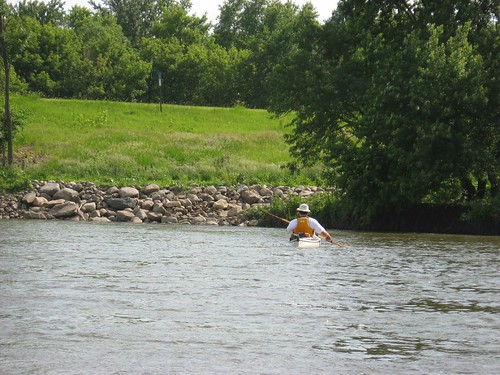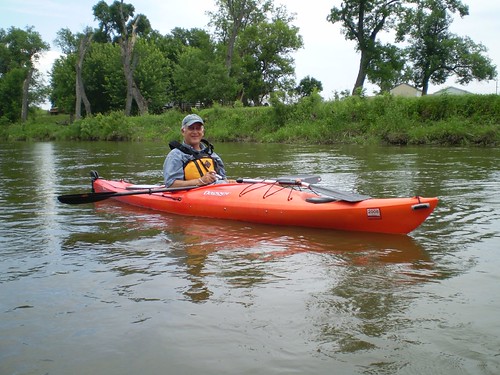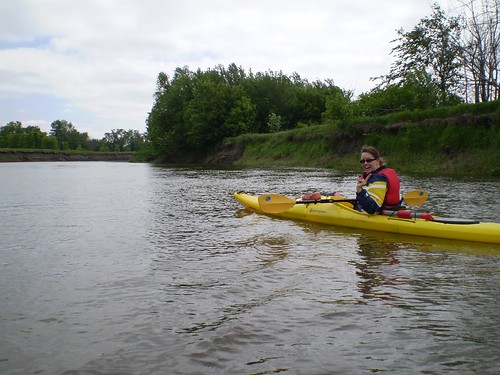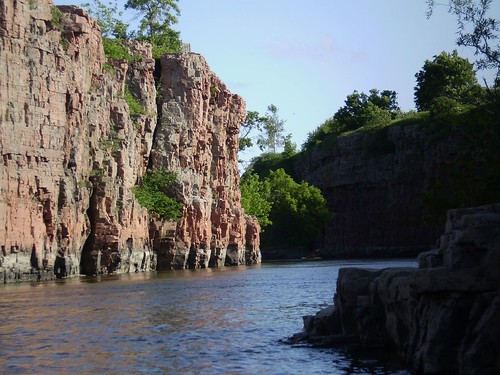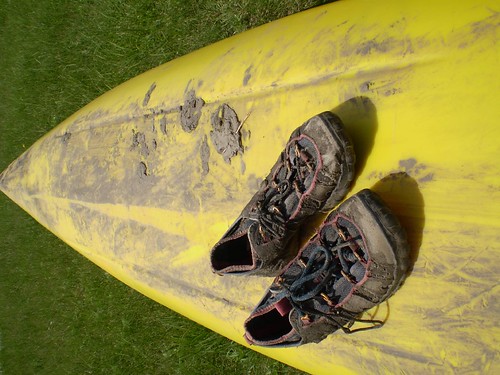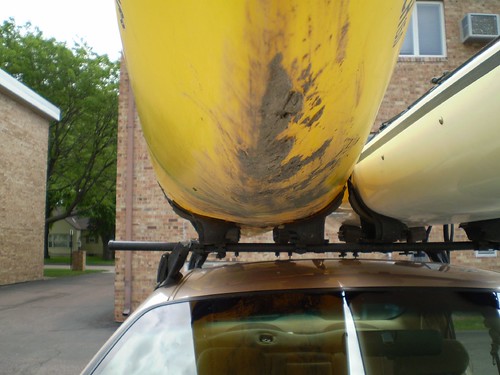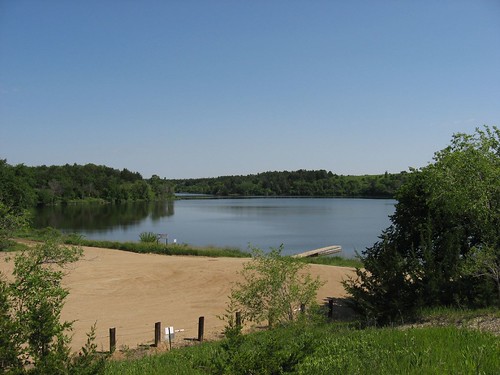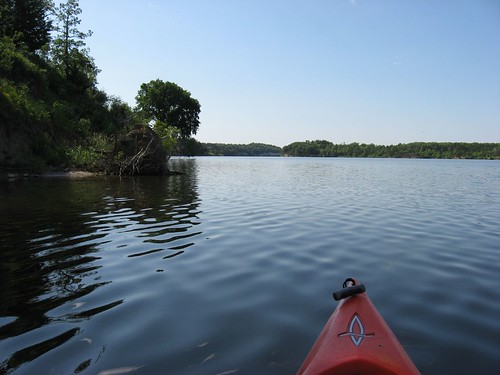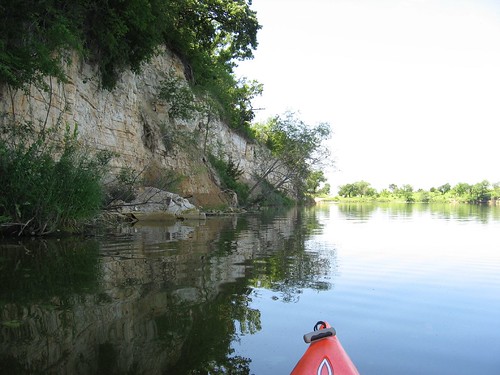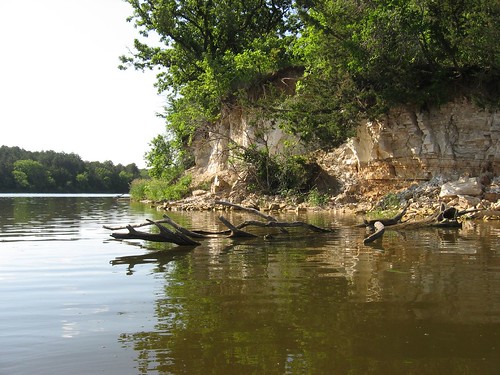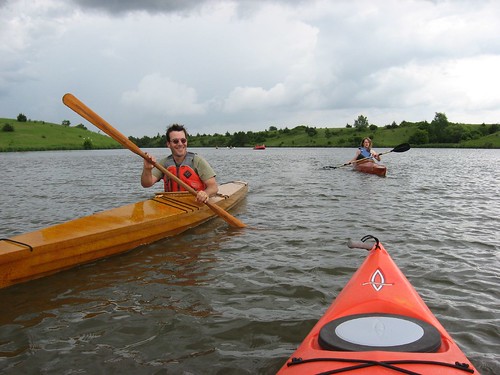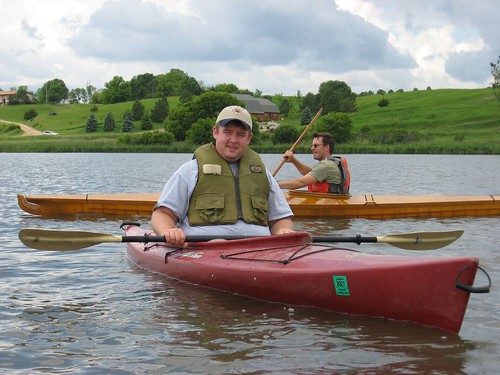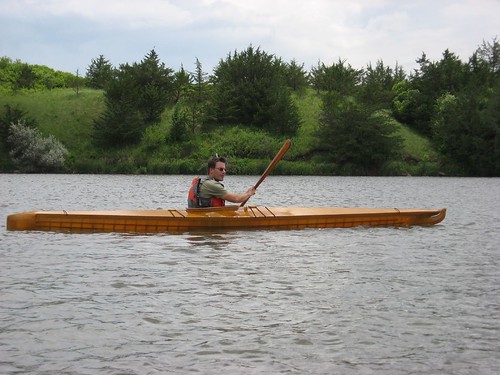At least once or twice a year, I like to go out to Lake Alvin on a weekday evening for a sunset paddle. During the summer, the public access area at the northwestern part of the lake is generally a more agreeable spot from which to launch. There are often fishermen in that area, but the dock in the state park section is often crowded with people hanging out, and I find it is a little uncomfortable wading into the crowd lounging on the docks with my kayak.

Boaters on the lake begin to thin out, even in the summer, with the approaching sunset. There are usually a couple of fishing boats up in the eastern part of the lake, but I have found these boats pretty quite just sitting in coves making one last effort to catch their limit. Evening is when the birds begin settling down for the night, and I find it interesting to see them looking for a good place to roost overnight. The trees and other vegetation take on a sharper silhouette on the hills surrounding the lake, and the sunset begins to take shape on the horizon, especially when there are great cloud conditions. Even on a hot day, the temperature drops significantly in the evening. Generally, the lake is quite calm, and the ripples from the kayak spread out across the flat water.

One night last week, I was at home thinking about the great evening, and I just decided to take a sunset cruise on Lake Alvin. I live on the east side of Sioux Falls, near 26th and Sycamore, and I was able to load up and be at the lakeside within 15 minutes. For the first time, I saw lines of nets set out from the shore on both sides of the lake at the western end. I have no idea why the nets were out, but I assume that the SD GFP people must have been trying to deal with an excess population of some type of fish. These nets would pose a navigation hazard to motor boats during the day, I would think. I have never seen nets set out from the shore at Lake Alvin.

I made my usual cruise along the circumference of the lake, from the western to the eastern end. On my way back into the western part of the lake, the narrower part approaching the launching point, I began to see beaver crossing the lake in front of my kayak. I observed at least six beaver making the crossing from the south to the north shore on this return to the public access area. At a distance of up to 10 feet or so, the beaver seemed unaware of my presence; any closer, however, and they generally dived down and away. Sunset is the only time that I have seen beaver on this lake.

There are a number of homes build up on the hills overlooking the lake, and I was able to see the lights come on within these houses and a few cars moving along the road over the extreme western part of the lake. The launch area is not lighted, so it is probably best to arrive back with at least enough light to get the kayak back on the car. The last time I did this, I arrived back at the dock in total darkness and had some difficulty in loading up my boat. This time, I brought a flashlight, but it was not needed.
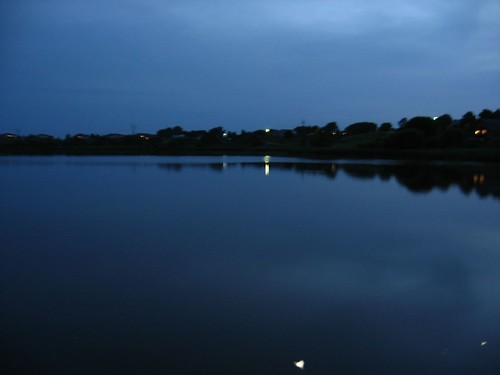
Evening provides a special contemplative time for the solo paddler, and I may well find another opportunity this summer to do a sunset cruise on Lake Alvin.

